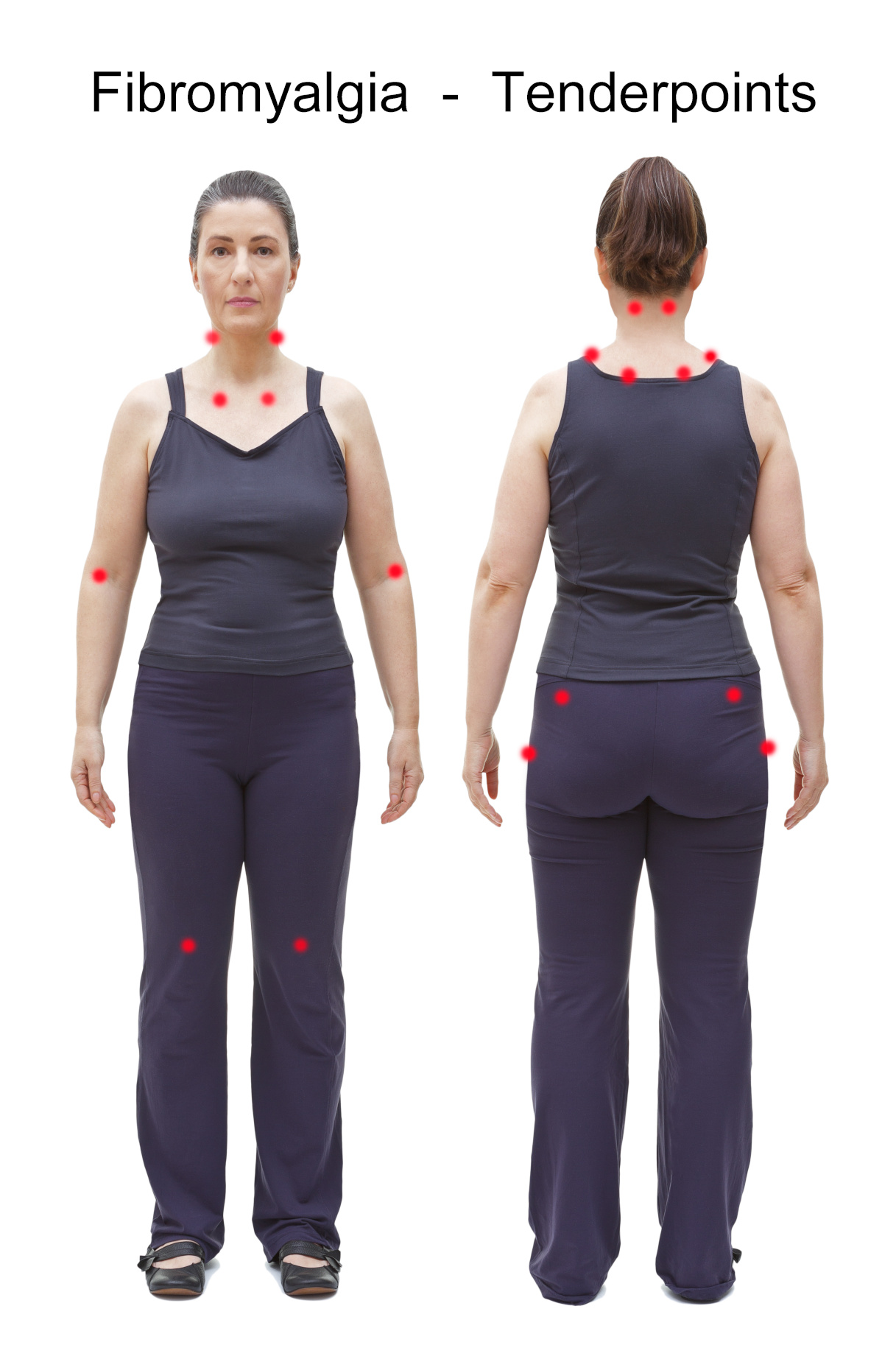Table of Contents
It mainly affects women, even when young. Science is beginning to shed light on the “mystery” of fibromyalgia, often wrongly considered a kind of “imaginary disease” because there are no specific tests to diagnose it. Yet it exists. And it greatly penalizes those who suffer from it. A great expert confirms this, Piercarlo Sarzi Puttini, Director of the Complex Operative Unit of Rheumatology ASST Fatebenefratelli Sacco of Milan and President of AISF Odv.
Tests to find out about fibromyalgia
Science says the fibromyalgia it is characterized by an essential element: widespread pain in muscles and bones that has been going on for at least three months. But there are other signs that can guide the diagnosis: sleep disturbances, which are not restful, mental and physical fatigue during the day, difficulties in maintaining concentration and speaking normally for a long time, as well as a sort of “forgetfulness” as much as just done.
“These cardinal symptoms are also associated with psycho-affective aspects: anxiety and depression that are not relevant to the diagnosis because in fact when you have pain for a long time it changes your perception and state of mental health from the point of view psychoaffective of anxiety and depression ”he specifies Sarzi Puttini. “We have criteria that we use for diagnosis to which two things are added: on the one hand, the areas where the patient perceives pain. There are 19 areas and the patient with a cross marks: present or absent and we add up the painful areas and this constitutes thePainful areas index. The second is a sensitivity score of symptoms that score 12. The sum of these and the previous ones goes from 0 to 31 and indicates the possible diagnosis and the disease severity“.
The problem is that a simple criterion, such as a blood test, is missing to arrive at the diagnosis. Therefore it is above all necessary to listen to the patient. “We need to evaluate a differential diagnosis to see if the symptoms go on their own or if they are the fault of other diseases” says the expert. “If one comes with only 15 days of symptoms it is hardly fibromyalgia. Some of these symptoms can be confusing. Therefore, the analysis of the duration of symptoms and the type of patient is fundamental in the diagnosis. It is necessary to educate the sick, because he can also have other diseases. When the patient comes to me he suffers three types of route: the first, which doctors do (at least the most hasty ones) who immediately define the diagnosis (he has fibromyalgia and what he must do), but this is not enough. There is no longer the paternalistic model in which you as a doctor give the diagnosis and therapy without explaining anything to the patient. This is fine with pneumonia or other acute forms. The second is education: I have to educate you about why you have this disease and why you have it and what strategies you can implement (both drugs and non-drug therapies). The third aspect is self efficacy: I explain what you need to do and you are able to manage your own therapeutic strategy by yourself, you put it in place to get better and not push yourself to catastrophe and hypervigilance. You become a fighter and develop a path of self-efficacy. This depends a lot on the doctor who has to transform the information as a passive fact into something as active as education for self-efficacy. The patient must share the path with you: the doctor must therefore understand who is in front of him and calibrate the treatment based on the patient. Manage a therapy suited to the psychological and economic possibilities of the patient “.
How are these paintings treated?
You can’t work miracles. But it is important that, on a case-by-case basis, those who suffer are offered targeted therapies. “The disease has different severities: there are some cases for which a simple analgesic can suffice. Sometimes, however, we have to use more drugs ”he continues Sarzi Puttini. “We use some molecules similar to those that modify the neurotransmitters of the somatosensory pain perception system (antidepressants and anticonvulsants, low-dose opioids, cannabinoids, sedatives, acetylcarntine which has more varied actions both for muscle energy and on depressive aspects and pain perception that modulate the extent of symptoms). And then non-pharmacological treatments are important, first of all fitness. Having a good physical shape and eating properly is essential, with a light diet in the evening to facilitate sleep. On the psychological front, it is necessary to address any problems related to post-traumatic stress disorders that must be analyzed and corrected with therapeutic behavioral therapies. In addition there are other alternative complementary techniques such as spas or acupuncture. All are useful, but they can give very different results from patient to patient. We advise them and it is the patients who choose them, learn them and implement them on their own “.

With the non-conditioning sponsorship of Alfasigma SpA











